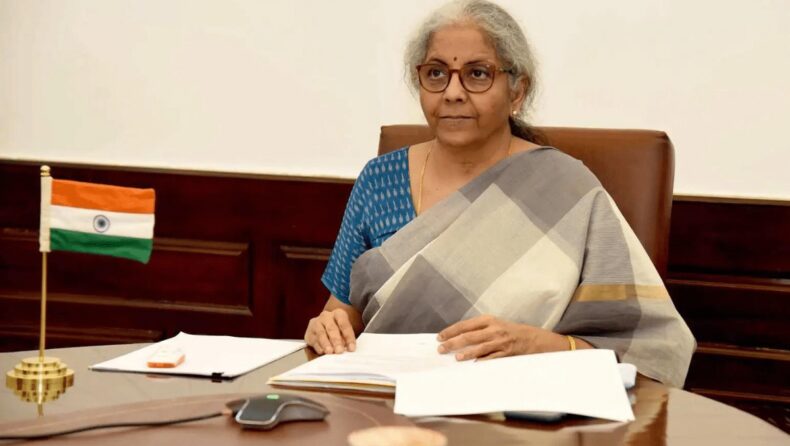During the presentation of the Finance Bill 2024 in the Lok Sabha on Friday, Nirmala Sitharaman, the union finance minister, declared that a committee will be set up to look into issues connected to pensions for public employees. The group will develop a strategy that meets employee demands while remaining fiscally prudent.
Sitharaman cited suggestions for enhancement to the national pension system (NPS) for government employees in her statement. The suggested strategy would be created with both the federal government and state governments in mind.
The decision was made in response to employee organisations’ demands in other states and the choice of some non-BJP states to return to the Old Pension Scheme (OPS), which is connected to the dearness allowance. The states of Rajasthan, Chhattisgarh, Jharkhand, Punjab, and Himachal Pradesh also requested a return of the corpus accumulated under the NPS in addition to notifying the central government of their choice to return to the OPS.
Workers from several states have called the current pension system into question. A few states, such as Rajasthan, Chhattisgarh, and Jharkhand, have already reverted to the previous pension plan. This highlights a mass distrust and dislike of the NPS among employees, and naturally, the state governments, too, would not be quite fond of the scheme because of the associated problems.

A pension plan is a long-term savings strategy that aids in saving money for the future and is a tax-effective way to do it while you are still employed. A pension plan guarantees a sufficient corpus over a 40–50 year period to deal with rising medical costs and expenses as well as a greater cost of living brought on by national inflation.
“Contributions” refers to the sum of money saved into a pension scheme account. For the purpose of retirement planning, a pension scheme enables us to invest recurring payments or transfer a big sum into a pension fund account. The nominee or designated legal heir of the dead receives the entire pension payment upon the death of the policyholder. People make investments as part of a pension scheme strategy to grow the fund over time. Because of this, the earlier we start a pension plan, the more time it will have to develop, and the larger the pension will eventually be.
In accordance with DA increases, the OPS offered retiring government employees a monthly pension equal to 50% of their final drawing wage. However, because it was non-contributory and the strain on the exchequer kept increasing, it was not financially viable. Prior to January 1, 2004, the central government told Parliament that it had no plans to reinstate the OPS for new central government hires.
In order to provide sustainable old age income security, the NPS was implemented in 2004. It is based on a contributing system, in which the government contributes the same amount to the pension fund in addition to withholding 10% of an employee’s basic salary and dearness allowance from their pay. An employee receives 60% of the fund upon retirement, with the remaining 40% invested as an annuity for a pension. It was created to turn tiny savings into investments and provide secure retirement income in a fiscally responsible way. Since May 1, 2009, the NPS has been voluntarily available to all Indian citizens.













